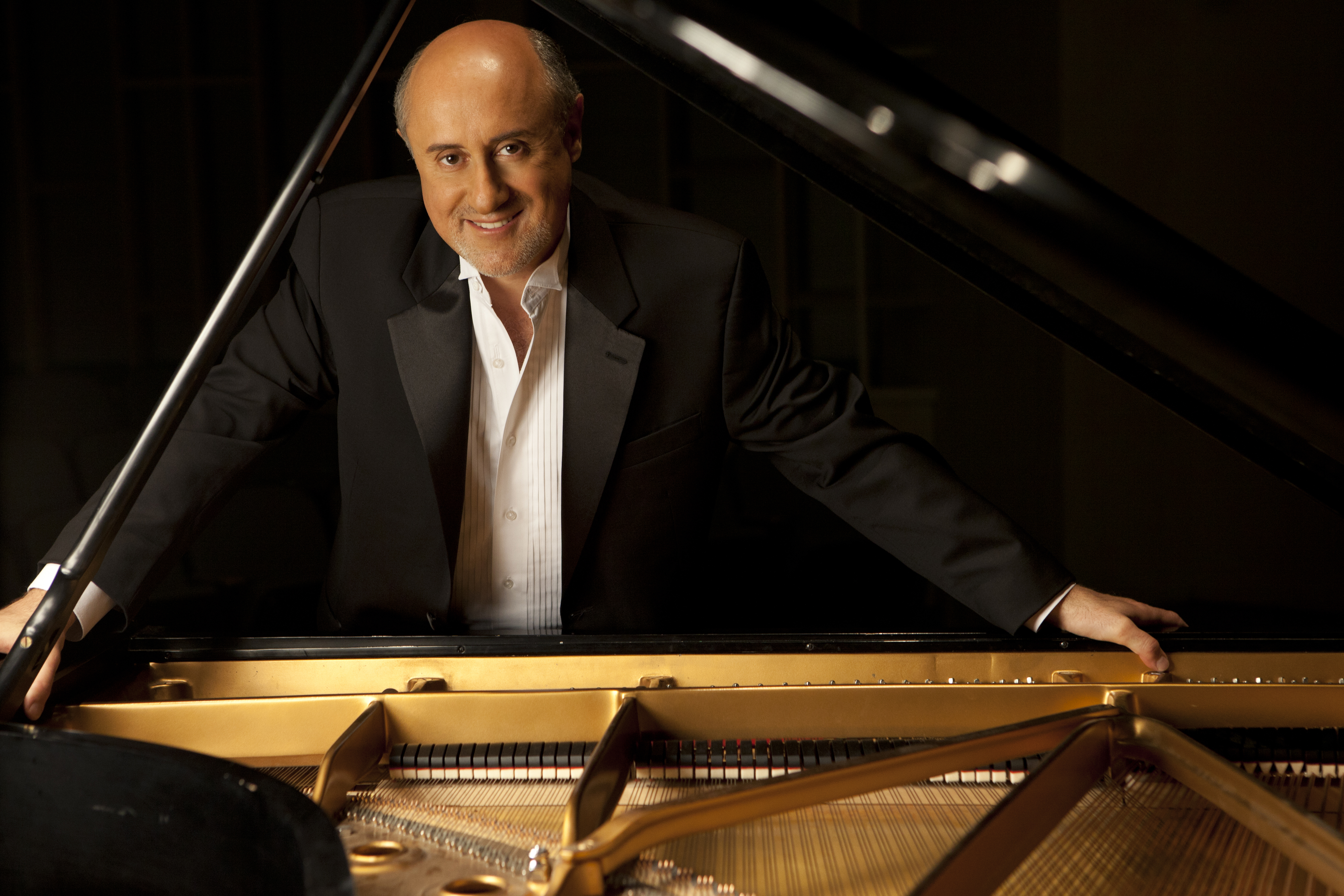Dmitry Rachmanov’s all-Scriabin piano recital on Sunday, April 13, 2014, was indeed a “poem of ecstasy” in every sense: giant in conception, quantity, quality, execution, thoughtfulness, and sensitivity. Anchored by four of Scriabin’s ten piano sonatas (numbers 2, 4, 10, and 5), the “little” pieces in between were hardly palate cleansers, and each half of the recital was masterfully organized so that each piece led to the next one logically. Some might say that an entire afternoon of only Scriabin was too limiting, but with such intelligent programming it had all the variety one could wish for, along with the underlying unity of the composer’s musical values and mystical philosophy.
Let me describe something not often touched upon in reviews—stage demeanor and piano presence. When Mr. Rachmanov took the stage, he seemed absorbed in steely concentration, as would any conscientious interpreter at that moment. There was no grandstanding here. His technique was a marvel to witness: he never left the surface of the keys, no matter how fast or fierce the figures. This enabled him to achieve the utmost richness of tone and glorious voicing, with never a harsh tone, even at Scriabin’s wildest, most extroverted visionary moments.
From the very first chords of the Prelude, Op 13, No. 1, the deep authentic Russian tone was established, never to be abandoned at any point in this wonderful afternoon. In the Second Sonata, one clearly heard the moonlight glistening on the waves of the Black Sea, where Scriabin spent his honeymoon (the composer’s own programmatic association), which evolved into the tempestuous waves of a capricious ocean in the Presto second movement.
Mr. Rachmanov allowed the tension to relax with a flirtatious rendition of the Waltz, Op. 38, a sort of deconstructed “caprice-waltz.” When the opening theme returned in forte octaves, one was conscious neither of strain nor of any slowing down.
He captured the volando (flying) quality of the Fourth Sonata perfectly, again, with hands close to the keys. This is a pianist’s pianist. His students are certainly lucky to have the opportunity for him to transmit his skill to them. The Tenth Sonata abounds in descriptive directions to the performer (in French) that supplement the purely musical ones we usually encounter (my translation): very soft and pure, with deep and veiled ardor, luminous, vibrating, with emotion, restless, panting, with flair, with joyous exaltation . . . to name but a few. All were captured perfectly with Mr. Rachmanov’s seemingly limitless color range. This is no small point in a composer, Scriabin, who some believe had the condition known as synesthesia, one form of which is the hearing of sounds as distinct colors.
Mr. Rachmanov closed with the Fifth Sonata, written about the same time as the Poem of Ecstasy, and containing the composer’s credo: “I call you to life, oh mysterious forces!” Behind all the pianistic richness, one senses glimpses of worlds that only Scriabin could experience directly. Mr. Rachmanov helped everyone go toward their own visions, with his expert performances.
He favored the large, enthusiastic audience with three encores, including the omnipresent Étude, Op. 8, No. 12, a war-horse of Horowitz. Here it sounded more massive, as though the color was being revealed from within, rather than applied as make-up (and I am a Horowitz fan).

